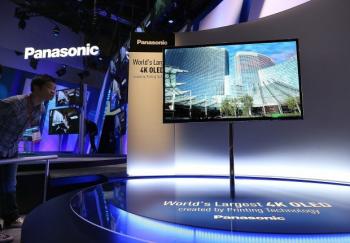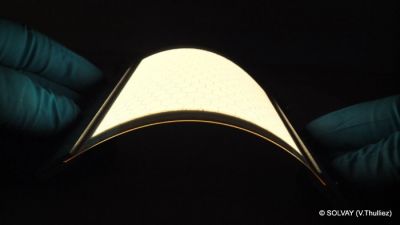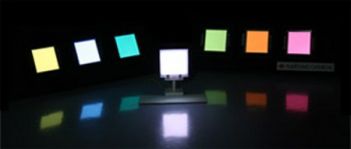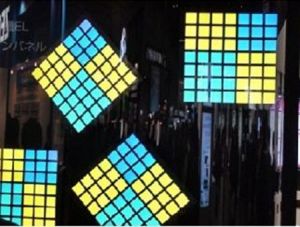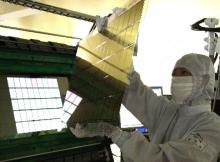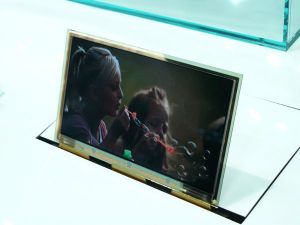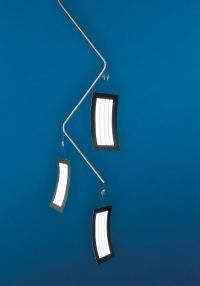Panasonic's printed 56" 4K OLED TV prototype uses Sumitomo's PLED materials
At CES 2013 Panasonic unveiled a 56" 4K (3840x2160) OLED TV panel prototype that was produced using an all-printing method. Back in January we assumed Panasonic were using SMOLED materials, but now Sumitomo Chemical revealed (as part of their 2013-2015 plan presentation) that this TV prototype used the company's PLED materials.
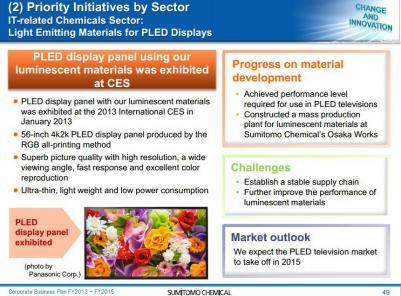
Panasonic has been working on OLED printing technologies for quite some time and back in 2009, they teamed up with Sumitomo to jointly-develop OLED TVs, based on Sumitomo's PLED materials and technology. I thought this partnership is not active anymore, but evidently I was wrong on that one.


